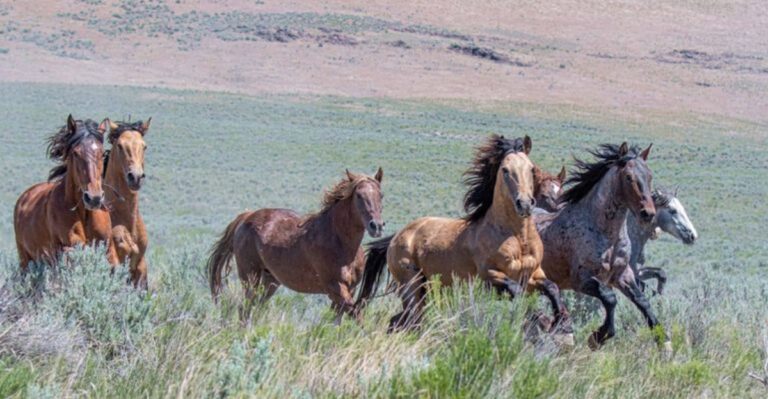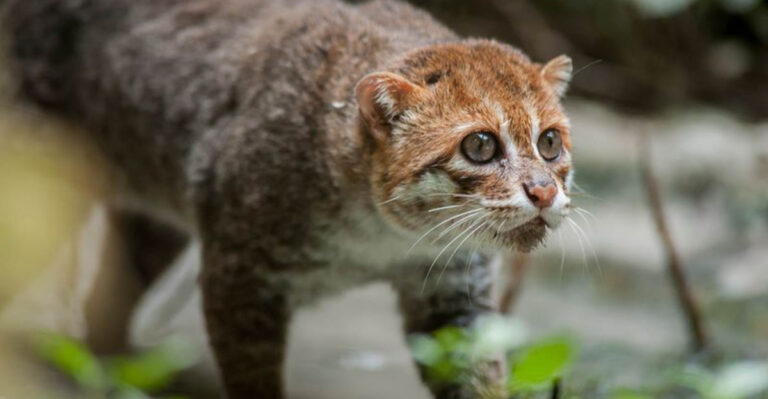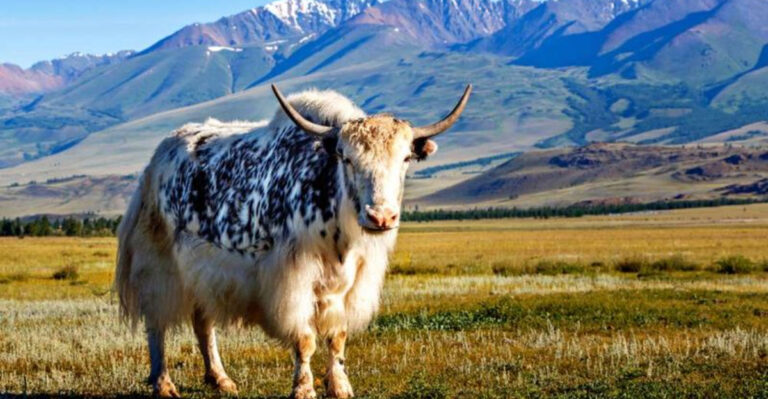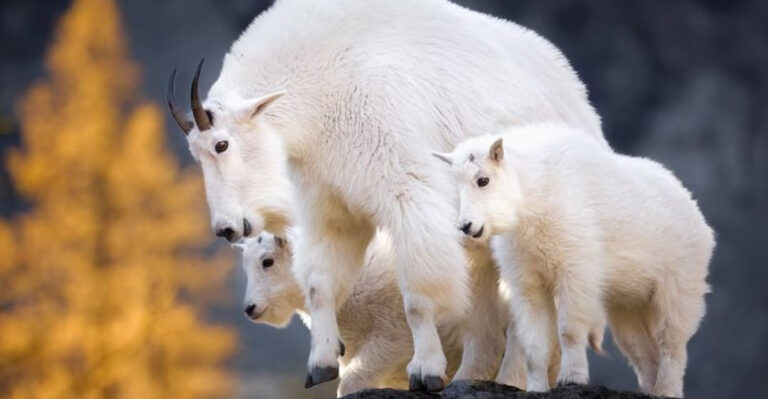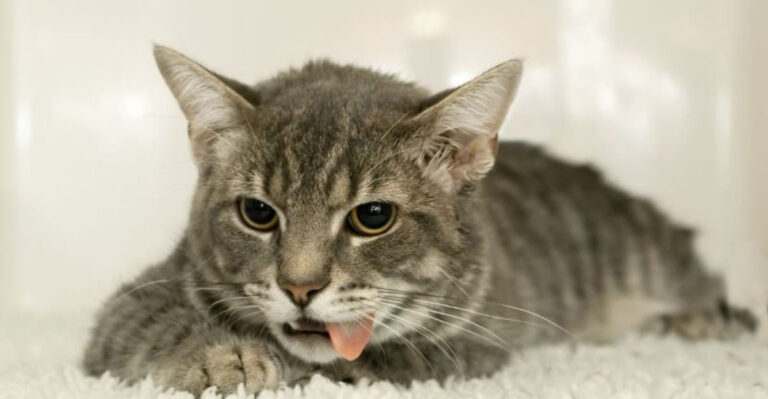12 Wild Animals That Vanish Without A Trace When Their Time Comes
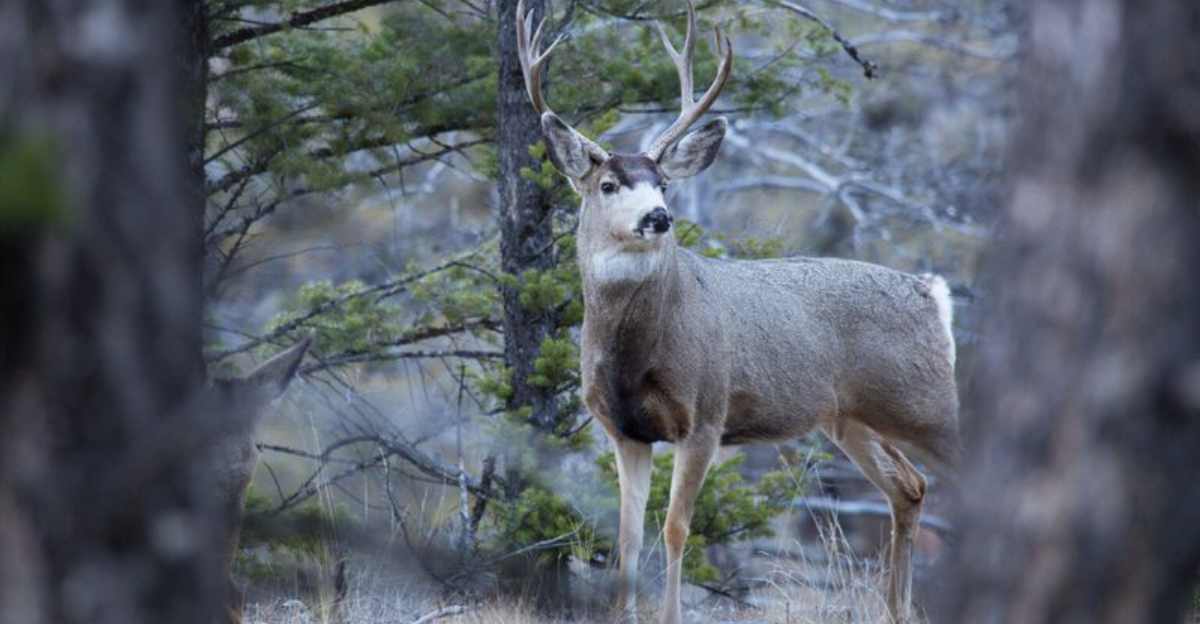
Ever wondered where wild animals go when they reach the end of their lives? Unlike humans with our funeral traditions, many creatures in the animal kingdom seem to simply disappear when death approaches.
This mysterious behavior isn’t random – it’s driven by powerful survival instincts that have evolved over thousands of years. From majestic elephants to tiny frogs, here are some remarkable animals that vanish without a trace when their time comes.
1. Cats (Domestic And Wild)
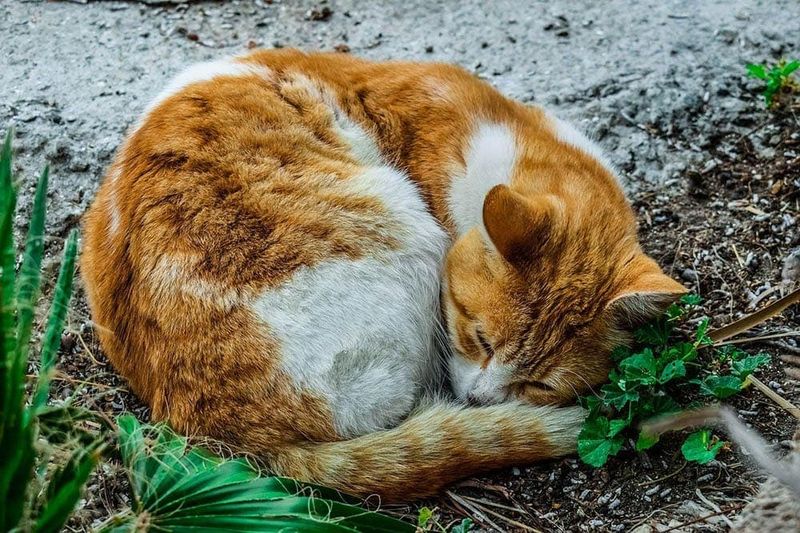
Felines possess an uncanny ability to sense their approaching end. When death looms near, both your housepet and its wild cousins like tigers and lions will often slink away to find quiet, hidden spots.
This mysterious disappearing act stems from their predator instincts. By isolating themselves, they avoid showing weakness that might attract danger to themselves or their group.
2. Elephants
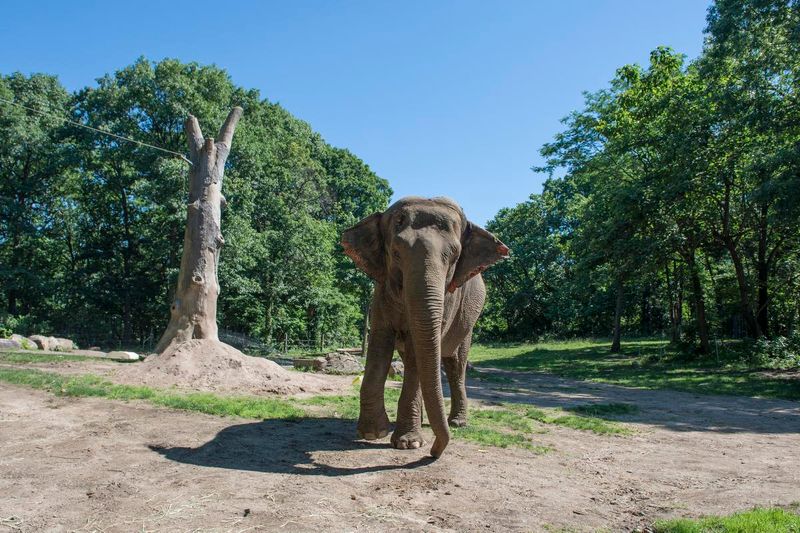
The legendary elephant graveyard isn’t just a myth. These intelligent giants often leave their herds when they feel death approaching, wandering off to secluded locations far from their families.
Researchers believe this behavior might help protect the herd from disease or predators that might be attracted to a deceased elephant. Their bodies decompose quickly in the wild, leaving few traces behind.
3. Salmon
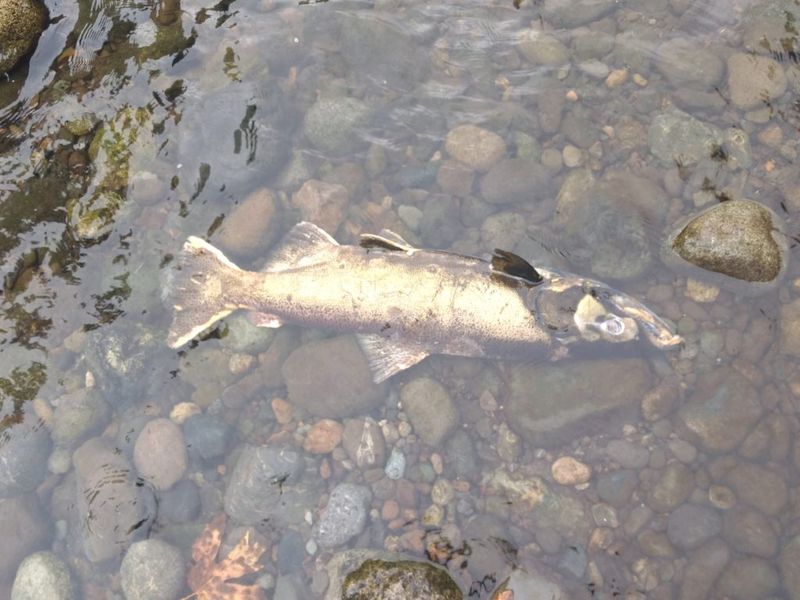
After an epic journey upstream against powerful currents, salmon complete their life’s mission by spawning and then quietly fading away. Their bodies, depleted of energy, are often swept downstream or consumed by scavengers.
The rushing waters quickly erase any evidence of their final moments. This natural cycle ensures nutrients return to the ecosystem that nurtured them.
4. Whales

Marine biologists rarely witness whale deaths in the wild. These magnificent ocean dwellers often swim to deep, remote waters when their final moments approach.
Their massive bodies typically sink to the ocean floor, creating what scientists call “whale falls.” These become incredible ecosystems themselves, supporting diverse marine life for decades as they slowly decompose in the dark depths.
5. Wolves

Despite their strong pack bonds, aging or ill wolves often break away from their family units when death approaches. They’ll travel to secluded dens or hidden forest areas where they can spend their final moments alone.
This behavior prevents the pack from being slowed down or endangered. Nature quickly reclaims their remains through decomposition and scavenging, leaving little evidence behind.
6. Deer
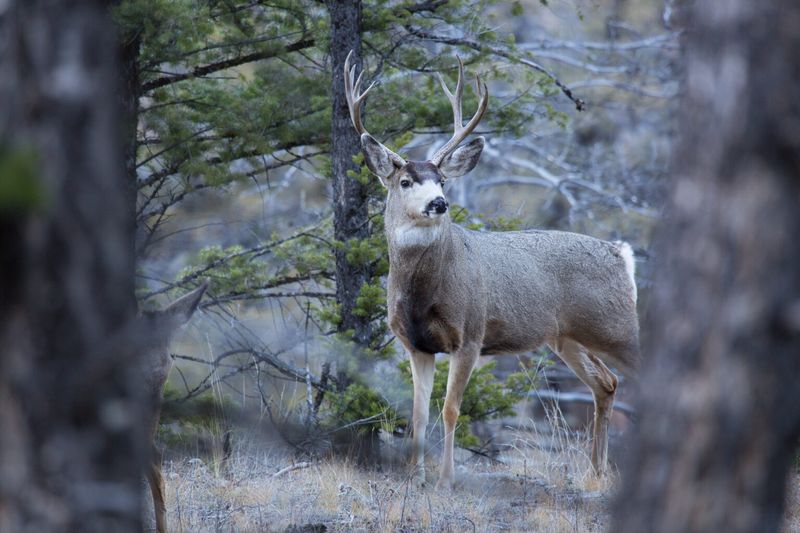
Woodland guardians have observed how deer seek out secluded thickets or dense underbrush when they sense the end is near. These natural prey animals rely on hiding even in their final moments.
Their brown coats blend perfectly with forest floors, making them nearly impossible to spot. Scavengers and decomposition work quickly, returning their bodies to the earth without leaving traces.
7. Crocodiles
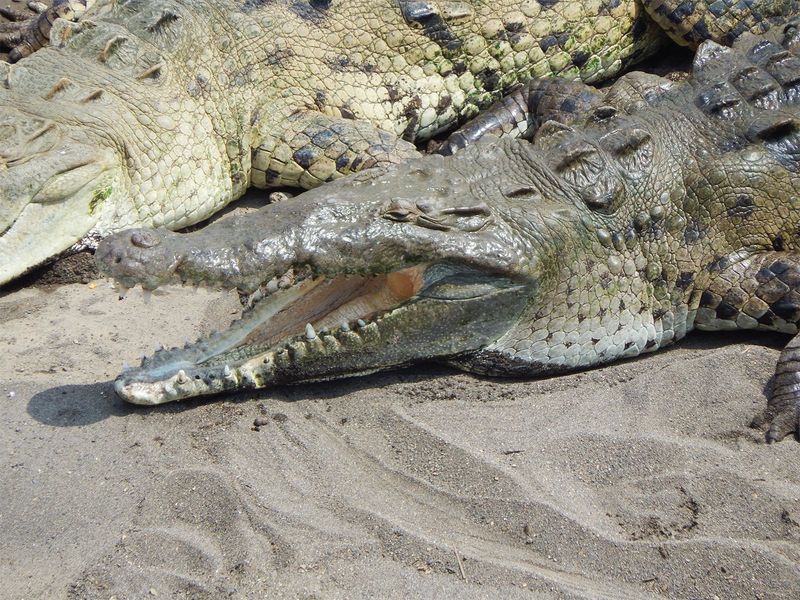
Ancient survivors that they are, crocodiles display a fascinating end-of-life behavior. When illness or old age takes hold, these reptiles abandon their usual basking spots and retreat to isolated mud banks or underwater caves.
Their bodies, adapted for water, decompose rapidly in tropical environments. This quick return to nature explains why finding deceased crocodiles in the wild remains extraordinarily rare.
8. Snakes
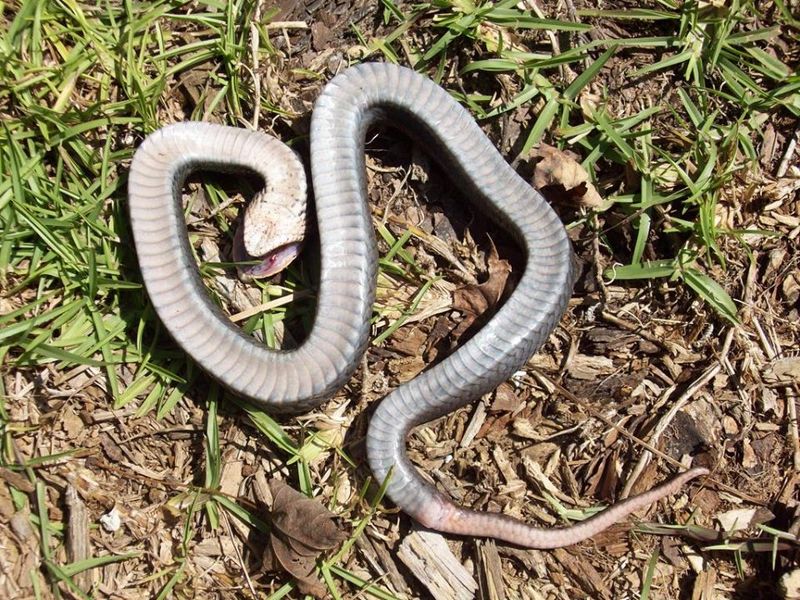
Masters of stealth even in death, snakes will often crawl deep into rock crevices, abandoned burrows, or dense vegetation when their time approaches. Their secretive nature extends to their final moments.
Small scavengers like ants and beetles quickly consume their remains. This efficient recycling system means that finding a deceased snake in the wild is an extremely uncommon occurrence.
9. Horses

Wild horses exhibit a touching farewell ritual when death approaches. An aging or sick horse will gradually separate from its herd, sometimes walking for miles to find a quiet, sheltered spot.
Their prey instincts remain strong until the end. By isolating themselves, they protect the herd from potential predators that might be attracted to weakness or illness.
10. Cheetahs
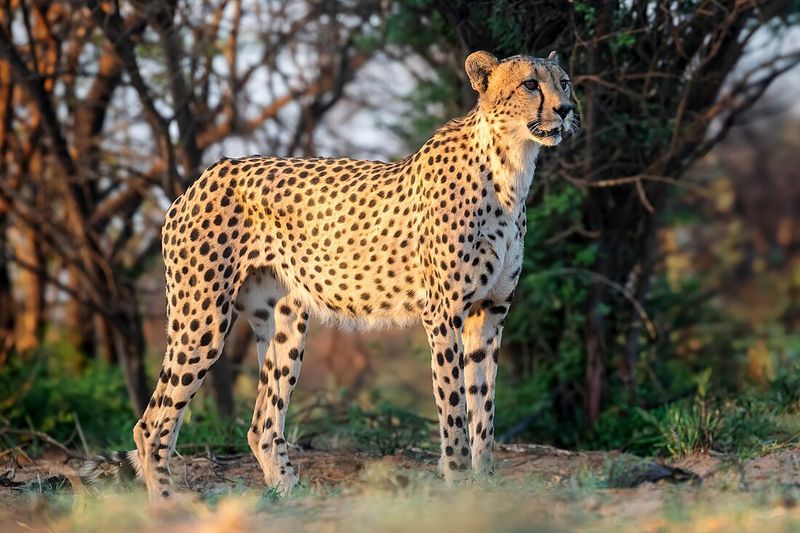
Speed champions of the savanna lead solitary lives, and their deaths are equally private affairs. Aging cheetahs often retreat to dense brush or secluded ravines far from their usual hunting territories.
Their lean bodies contain little fat, allowing for rapid decomposition. Combined with efficient scavengers like vultures and hyenas, this explains why cheetah remains vanish so quickly from the landscape.
11. Dolphins
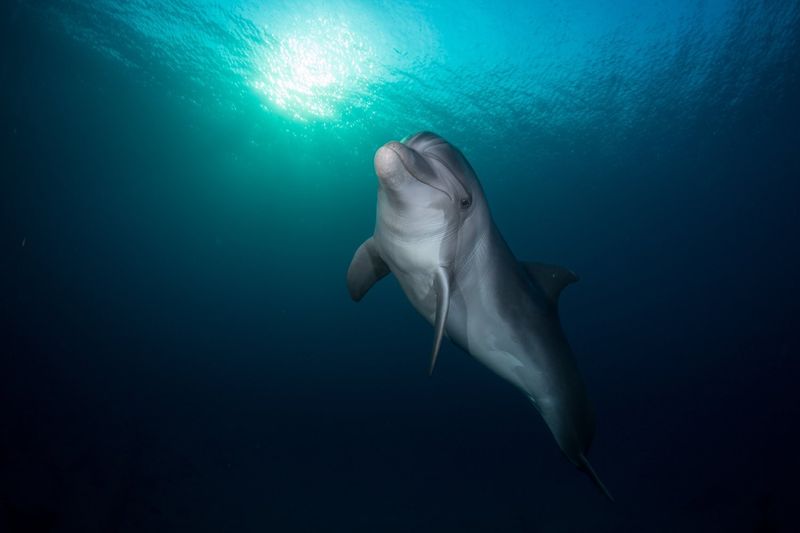
Despite their social nature, dolphins sometimes separate from their pods when death approaches. These intelligent marine mammals have been observed swimming away to deeper waters or quiet bays.
Marine scientists believe this behavior might protect the pod from potential dangers. Their bodies typically sink after death, becoming part of the ocean ecosystem they called home.
12. Frogs
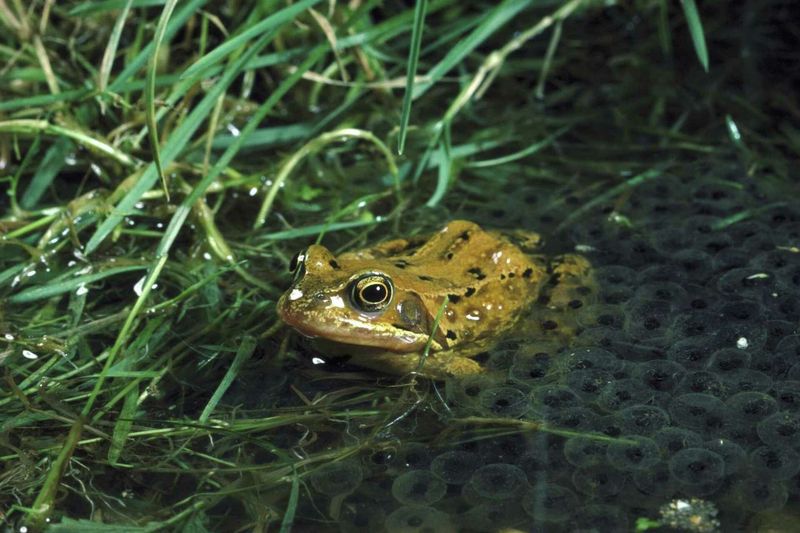
These small amphibians make a final retreat into mud, dense vegetation, or underwater hiding spots when their time comes. Their natural camouflage works even in death.
Their soft bodies decompose extraordinarily quickly, often within days. This rapid return to nature, combined with their already secretive habits, makes finding deceased frogs in the wild exceptionally rare.


